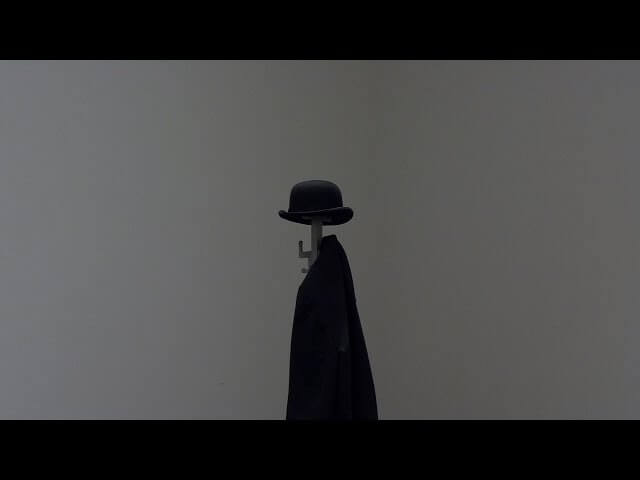A friendly novel, a coffee-table rock book, and some Magritte

Diehards by Erin Feinberg
This coffee-table book skips the usual rock-concert-photography model and instead turns its lens on the audience, capturing the energy of a live performance from a relatively new angle. Erin Feinberg gathers her photographs from years of turning the camera away from bands—Rush, Slayer, Springsteen, and many more—gathering the best faces, expressions, and tattoos of the fervent fans. The best come when the fans are in the throes of concert ecstasy, contorting their faces into rapturous, intense expressions. The book is book-ended by sweet essays from Bruce Springsteen and Rush’s Neil Peart, two performers already known for being gracious and grateful with their fans. Peart’s is particularly nice—he writes with specificity about what he notices from behind the kit, viewing huge audiences as a collection of individuals, not just a sweaty mass. One quibble: I wish Feinberg had included both dates and what band her subjects were watching on each photo. As it stands, you’ll have to guess whether a kid with dreadlocks, his face squished in joy, is watching Dead Kennedys or James Taylor. [Josh Modell]
Magritte: The Mystery Of The Ordinary, 1926-1938
Belgian surrealist Rene Magritte’s art has been making its way into the pop culture lexicon for some time. His painting The Son Of Man with its bowler-hatted, facially obscured gentleman is featured prominently in The Thomas Crown Affair remake from 1999. And more recently, The Fault In Our Stars film and book use Hazel’s Treachery Of Objects T-shirt (“This is not a pipe”) as a tidy little statement about the character and her interests. But Magritte was so much more than these two famous works, and a new exhibit that focuses on his formative breakthrough years, Magritte: The Mystery Of The Ordinary, 1926-1938, is making the rounds in New York’s Museum Of Modern Art, Chicago’s Art Institute, and Houston’s Menil Collection. I visited the Chicago exhibit this week and found myself with a lot to ponder beyond his most iconic pieces. (I could talk about his Rape, Threshold Of Liberty, or Attempting The Impossible for hours.) Many of the hallmarks of Magritte’s work—juxtaposition of texture, incongruous placement of objects, and fascination with clouds—were all evident during this incredibly prolific period, and these masterpieces are worth seeking out in person. And for those unable to make it to those cities, there’s the accompanying book of the same name. [Andrea Battleground]
Friendship by Emily Gould
Unfortunately, at this point, Emily Gould’s first novel, Friendship, is better known for the 11,000-word screed written about it instead of the book itself. There are real critiques to be made of the book—and in a larger sense, of the whole concept of writing in Brooklyn about Brooklyn in a Brooklyn style—but it’s funny, ultimately, that Edward Champion and other critics of Gould accuse her of narcissism. As her treatment of her protagonists Bev and Amy indicates, Gould is aware of her own flaws more than anyone else could be. At times, the similarities of Amy’s life to Gould’s own can be distracting (their cats, boyfriends, neighborhoods, careers, hometowns, religions, and personalities are more or less identical) but after the first half establishes the story, it’s easy to melt into the lives of these women as they deal with that particularly modern problem: becoming an adult at the age of 30. And though stories about women’s friendship are very on-trend these days—from Sheila Heti’s How Should A Person Be? to Girls to Broad City—it’s hard to say no to another one, especially one as honest and lived-in as this one. [Sonia Saraiya]